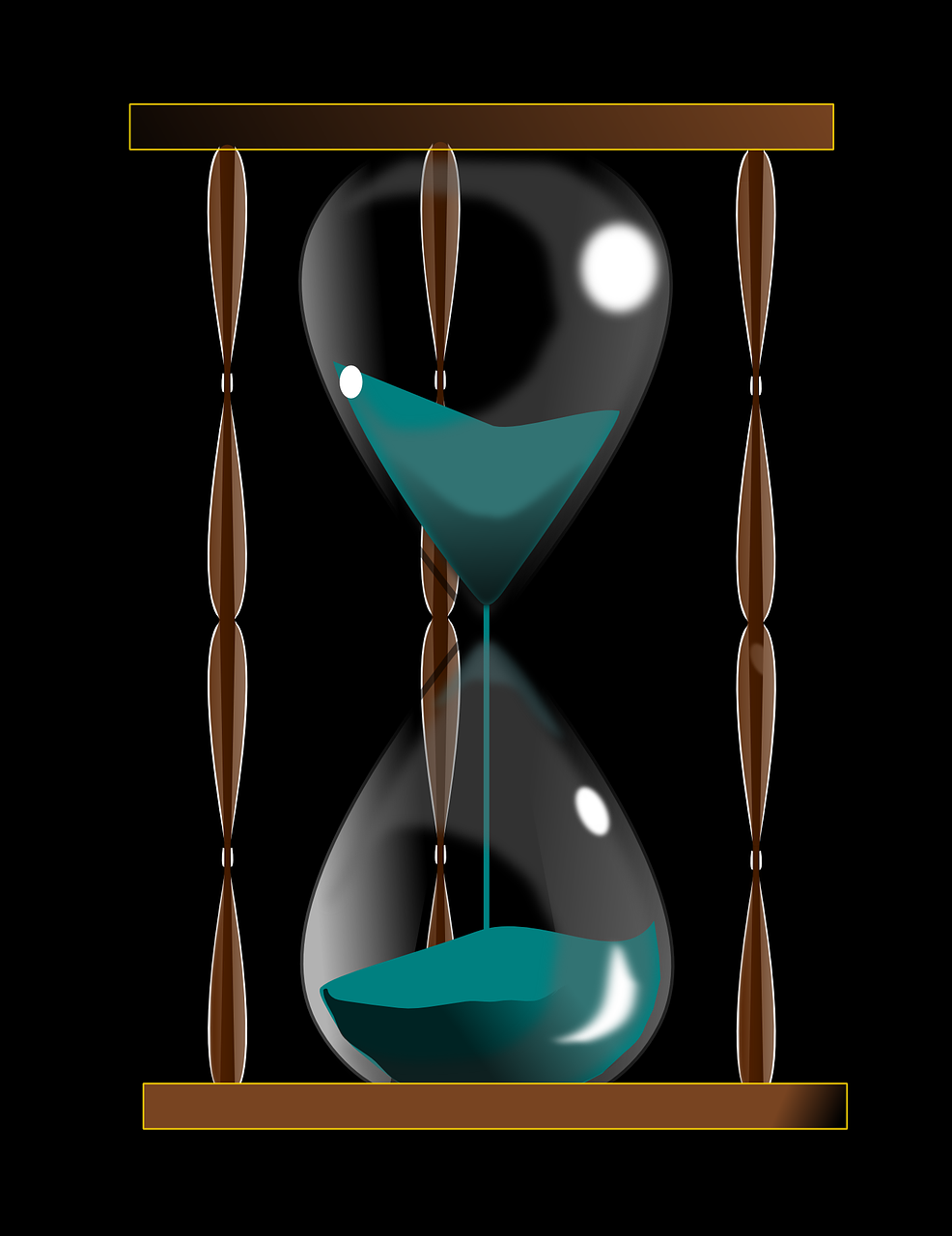Buy "The Now What? eBooks" Here! Or go to Smashwords for misc. formats.
The Now What Fitness Series lays out the foundation of fitness in a concise and simplified manner, making for a collection of books that help the reader truly comprehend how to improve one's health and well-being from A to Z. I've broken fitness down into comprehensive concepts, giving anybody who truly wants to change their health and their lives in profound ways, the step-by-step tools and knowledge to do so.
Strength Training FAQ

Big Fat Excuse #1: Perhaps the biggest excuse I hear for people not exercising is that they do not have time. In truth, people make time for what they prioritize into their lives.
Strength training has so many benefits that you are doing yourself and your loved ones a great disservice by not making it a part of your fitness regime.
And if you aren’t exercising at all, you are simply purchasing a ticket for an early departure. Harsh as that sounds, it is the plain and simple truth.
A sedentary lifestyle is as deadly as smoking, exponentially escalating risks for death due to heart disease, respiratory ailments, cancers, obesity-related diseases and the list goes on.
How can you say you don’t have time?
Big Fat Excuse #2: Another big excuse I hear for not exercising is that people generally aren't sure what to do.
Strength Training FAQ
The following strength training FAQ and their answers are intended to shed some light on and simplify what can seem to be very daunting issues.
If you have a question that isn't covered here, you can submit it in the form at the bottom of the page.
How long should a typical strength training session last?
How many sets do I perform of each exercise?
How much should I do on my first workout?
How do I construct my workout plan?
Should I do cardio and strength train on the same day?
How do I know which exercises I should do?
Why do my arms feel the upper body exercises more than my chest, back, or shoulders?
Do I really need to strength train if I am only interested in weight loss?
How long should a typical strength training session last?
The strength training portion of your fitness plan can last anywhere from 20 minutes to an hour. Studies show that after about 60 minutes your glycogen (stored carbs or fuel for effective exercise) is spent and you risk overtraining; it is actually counterproductive to train much past that.
How many sets do I perform of each exercise?
Studies show that you can achieve muscle strength gains and hypertrophy (growth) with only one set per muscle group. However, studies also show that they achieve more gains and growth with multiple set training. Obviously, when an individual performs multiple sets, the exercise session will last longer. So, it comes down to a couple of questions. How long do you want to spend on the strength training portion of your fitness routine and what exactly do you want to achieve?
How much should I do on my first workout?
The mistake some make in the very beginning is being a little too overly ambitious and starting out doing too much from the getgo. This can lead to injury and dropout due to overtraining. You need to consider what you think is realistic and what will contribute to your adherence to a doable plan—one you can do for a lifetime. Unfortunately, fitness isn’t something you achieve and then you’re fit for life. It is an ongoing process and requires a lifetime commitment.
How do I construct my workout plan?
It is a good idea to decide on some specific goals before you design your plan. In this way, you really can tailor your routine around your very personal goals and circumstances.
Novice
Obviously, your first day of strength training should begin with single sets and build into more over time if that is your plan. If you are doing a total body workout, choose at least one exercise for every major muscle group and begin with the biggest muscles first. Save arms for last.
Circuit training
If your time is very limited you may want to do a circuit-style routine, which is usually done by alternating 3-5 sets of a strength training circuit and 3-5 minutes of cardio until you have completed a total body workout; you may repeat the circuit for your desired duration. Circuit combines cardio and strength training for a good calorie burn.
Split routine
You may want to do a split routine. This is where you do certain muscle groups on given days. For example: Upper body one day and lower body the next. This allows for a more intense workout per session because when doing total body you are more likely to fatigue quicker. Conversely, when you split your routine you can perform more exercises more intensely.
Should I do cardio and strength train on the same day?
Best case scenario is to do cardio one day and strength train on another. If, on the other hand, you want to do both on the same day, you may split your time between them; however, if you do I suggest doing strength training first. This will augment the fat burning process during your cardio and allows your best glycogen to be utilized for the strength training. If you are doing more than 30 minutes of cardio on the same day as strength training, I would suggest you put a few hours between them if possible in order for your system to recuperate a bit. For example, you could do cardio first thing in the morning and strength train later in the day.
How do I know which exercises I should do?
Exercises are either compound or isolation. Compound exercises are double-joint exercises that work more than one muscle at a time, i.e., presses, pull-downs, rows, squats, lunges, leg presses, etc. You should do a majority of compound exercises per session and usually do them before the isolation exercises. Isolation exercises are single-joint exercises that work primarily one muscle, i.e., curls, extensions, raises, flys, reverse flys, etc.
Supersets are when you do two different exercises, consecutively, with no rest between; this is for intermediate to advanced lifters, not novice. It is completely acceptable to do an isolation exercise first and then a compound exercise when supersetting.
I like to try and do at least one of each (compound and isolation) for each muscle group. For instance, for a chest workout I may prescribe flat dumbbell chest press (compound) and pec fly machine (isolation)in the same workout or maybe machine chest press (compound) and incline dumbbell flys (isolation).
Why do my arms feel the upper body exercises more than my chest, back, or shoulders?
FOCUS IS PARAMOUNT
Many times my novice clients will voice that they can’t tell that the chest press is working their chest or that the lat pull-down is working their back. They say they feel it in their arms more than anywhere.
The obvious reason for this is in order to work your chest, back, or shoulders, you have to push up or out (press) or pull (row or curl) or raise (front or side) a resistance (cable, machine, or free weight) with your what?...that’s right…your ARMS.
It’s your biceps and triceps that are responsible for these moves, right? So, especially when you are new at this, your arms will fatigue quickly.
This is why I constantly tell my clients to FOCUS on the muscle you are supposed to be working. Make that muscle feel the work being done. I know you’re using your triceps for your chest press, but concentrate on making your chest feel the stretch and the contraction throughout the move.
Eventually, you will hone the skill of focusing the work on your intended muscle and your arms will become merely the handles or levers necessary to make that happen. Focus people! It’s Key to your progress.
I just want to lose weight, so shouldn't I start out with cardio and wait to begin strength training until after I have lost some weight?
This is a huge misconception on the part of many people, especially women. Since muscle is more metabolically active than fat, you will burn more calories at rest if you have more lean body mass, which means more muscle, which means you must strength train. If you are not happy with your lean versus fat body ratio, then it goes to figure that you should try to even the score a bit. By strength training along with cardio from the getgo, you will enhance your body's fat-burning capacity, thereby doubling your efforts. This comes out to better and faster weight loss. Now, clean up your nutrition act and there'll be no stopping you. You go!!!
Do I really need to strength train if I am only interested in weight loss?
Ahhh...no strength training FAQ would be complete without this golden question. If the answer to the question just above about waiting to strength train isn't convincing enough, take a look at the benefits of strength training page. We need it for much more than weight loss or weight maintenance, especially as we age. Besides, once you start feeling and looking stronger, you'll wonder why you ever put it off. Trust me on this, just get busy and the payoff will speak for itself.
WAHOO! NOW LET’S GO PUMP SOME IRON!!
Check out my sample workouts for some ideas to get started and to see video demos of the exercises.
Click on compound exercise demos for a better understanding of compound and isolation exercises and how to perform them correctly.
SUBMIT YOUR OWN QUESTION
Do you have a question that wasn't answered above? If so, please submit it in the form below. It's my pleasure to help clear up any questions or confusion concerning fitness and strength training. So fire away! If I don't know the answer, I will do my best to find the answer and it will be a win/win situation because we will both learn something in the process! Sound cool? Great! I will respond within 72 hours unless I inform you otherwise. And thanks for asking!
Return From Strength Training FAQ to Why Strength Train
Return from Strength Training FAQ to Straightforward Home
